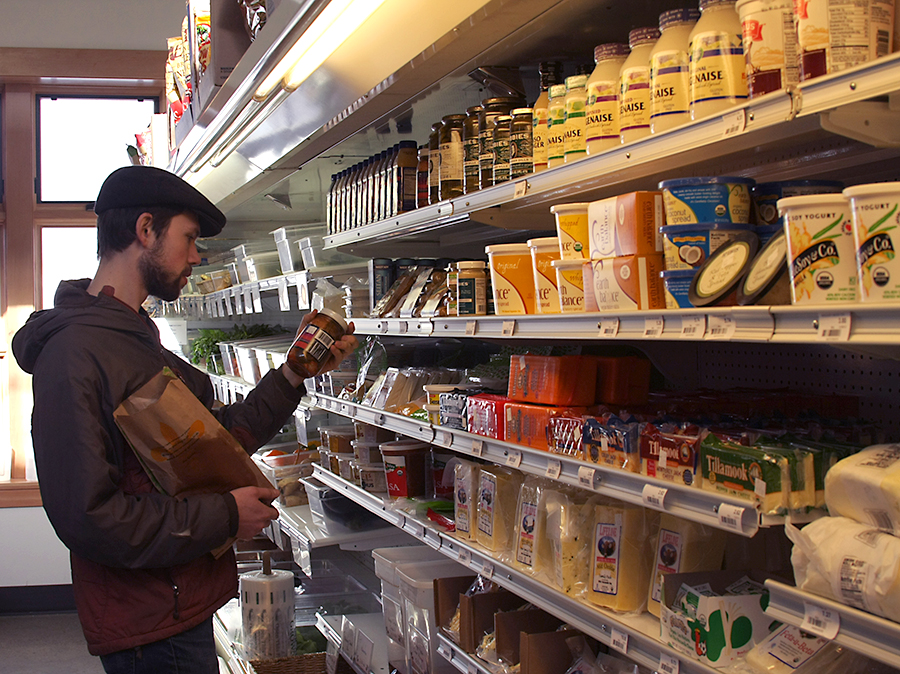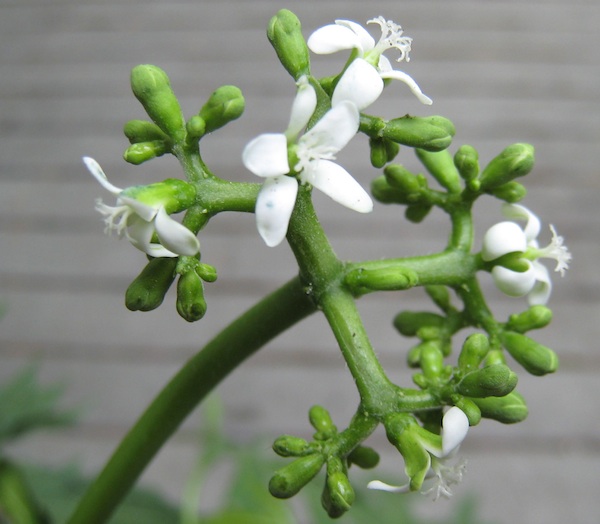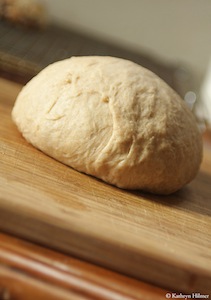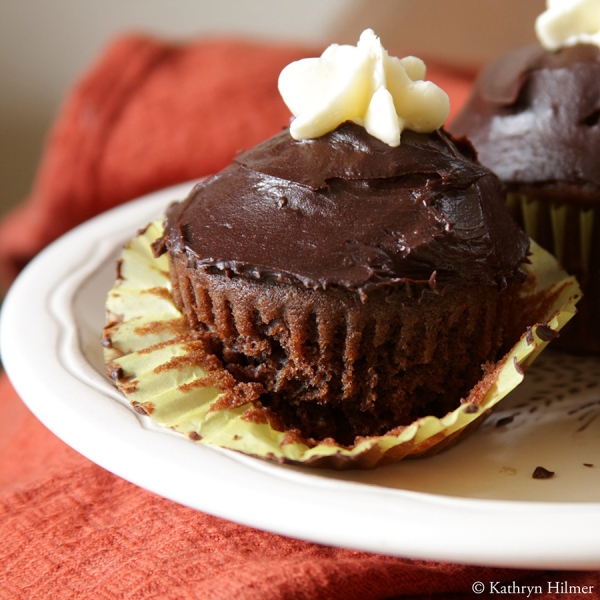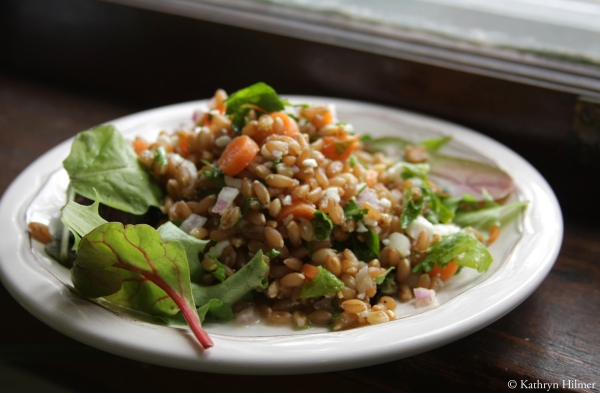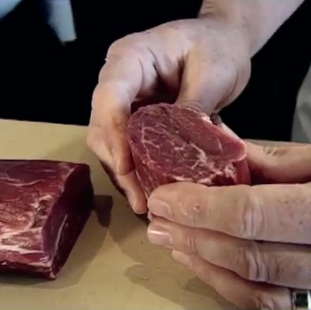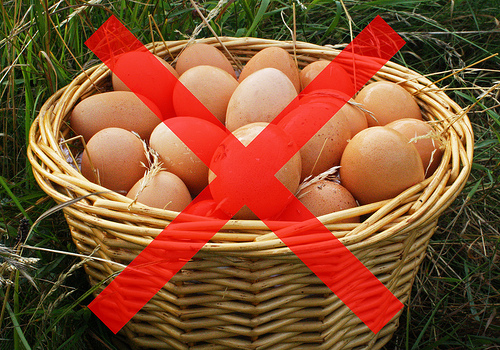Browsing the Bargain Bin
I’m living on a budget… I just don’t have one. Somehow, it works. I guess I would say that the trick to living on a budget is not allowing yourself to get obsessed with the idea of something. There’s no guarantee that you’ll find said something on a discount rack or sale section. If you can’t be flexible, you’ll end up paying full price. Bargain Bin Rhubarb
But if you peruse the sales regularly, you’re bound to find something that you want or need.

